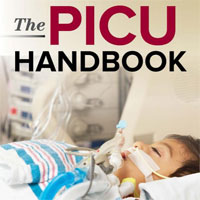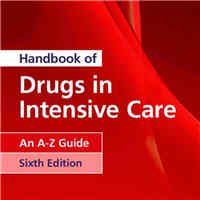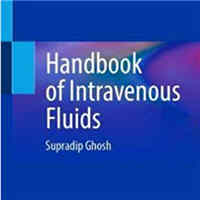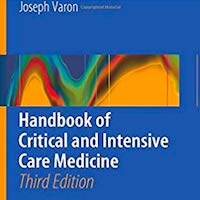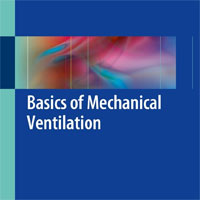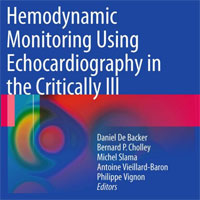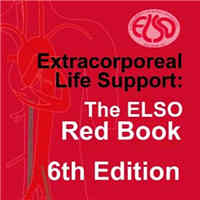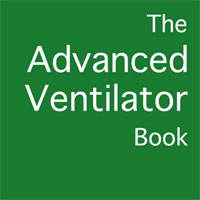Tag: intubation
Noninvasive Ventilation in Sleep Medicine and Pulmonary Critical Care
This book is an introduction to a comprehensive analysis of recent advances and clinical research in noninvasive mechanical ventilation (NIV) in Pulmonary, Critical Care, and Sleep Medicine. The objective of the book is to... read more
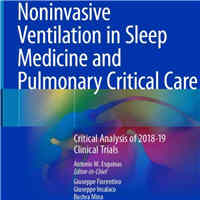
Minimally Invasive Intrathoracic Negative-pressure Therapy and FlexVATS for Patients with Pleural Empyema
To determine whether a new surgical method using a flexible endoscope (FlexVATS) to perform sparing debridement and apply negative-pressure therapy without extensive decortication may be an alternative treatment option for... read more
Bronchoscopy in ICU: A Practical Guide
This practical guide focuses on Bronchoscopy in ICU. Bronchoscopy is one of the most commonly performed medical procedures, but is limited to the practice of a handful chest physicians and surgeons. The field of bronchoscopy... read more
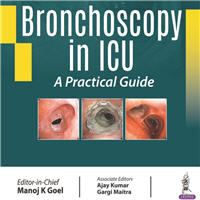
Mechanical Ventilation in Emergency Medicine
This book discusses mechanical ventilation in emergency settings, covering the management of patients from the time of intubation until transfer to the ICU. It provides an introduction to key concepts of physiology pertinent... read more
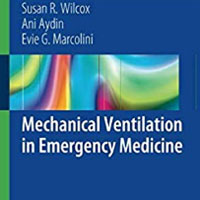
Ciprofol Sedation Efficacy and Safety in Mechanical Ventilated ICU Patients
Ciprofol was well tolerated, with a noninferior sedation profile to propofol in Chinese ICU patients undergoing MV for a period of 6–24 hours. Of the 135 patients enrolled, 129 completed the study. The primary endpoint-sedation... read more
Prone vs. Supine Position Ventilation in Intubated COVID-19 Patients
Whether prone positioning of patients undergoing mechanical ventilation for COVID-19 pneumonia has benefits over supine positioning is not clear. We conducted a systematic review with meta-analysis to determine whether prone... read more
Resuscitative TEE
The use of ED resuscitative transesophageal echocardiography (TEE) is a practical modality that provides useful diagnostic and therapeutic information for critically ill patients in the emergency department, with an excellent... read more
Effect of ICU Quality Control Indicators on VAP Incidence Rate and Mortality
This study highlights the association between the ICU quality control (QC) factors and ventilator-associated pneumonia (VAP) incidence rate and mortality. The process factors rather than the structural factors need to be... read more
Improving Intubation Performance with Airway Registries
Airway registries are used as a crucial tool to monitor and improve intubation performance and patient care. ED airway registries inform and document the efficacy of quality improvement initiatives to improve intubation performance... read more
Is It Time to Abandon Routine Mask Ventilation Before Intubation?
Mask ventilation in the period between induction and intubation has traditionally been used to confirm the ability to ventilate the patient while awaiting the onset of adequate neuromuscular blockade. However, recent studies... read more
Continuous Positive Airway Pressure Usage During COVID-19
We confirm that use of early continuous positive airway pressure (CPAP) with high-flow output combined with an "ad hoc" algorithm to inform the decision to intubate is a valid and safe strategy for respiratory support in... read more
The effect of a multi-faceted quality improvement program on paramedic intubation success in the critical care transport environment
A multi-faceted advanced airway management (AAM) quality improvement program (QIP) resulted in statistically significant increase in intubation first pass success rates (FPS) rates and a non-significant improvement in DASH-1A... read more
Bougie vs. Endotracheal Tube with Stylet on Successful Intubation
Among critically ill adults undergoing tracheal intubation, use of a bougie did not significantly increase the incidence of successful intubation on the first attempt compared with use of an endotracheal tube with stylet. Among... read more
Improving Outcomes in Patients with Difficult Airways
Evidence indicates that the airway community has successfully conquered the anatomically difficult airway, as these patients are managed safely with a low incidence of morbidity and mortality. In contrast, the literature... read more
Nasotracheal Intubation on Postoperative Neonates with Congenital Heart Disease
Nasotracheal intubation (NTI) is feasible and safe in neonatal cardiac surgery. System-level engagement with stakeholders is necessary to change clinical practice. NTI facilitates early SLP evaluation and treatment and significantly... read more
Trends in Time to Extubation for Pediatric Postoperative Cardiac Patients
In this large, multicenter database study, early extubation rates in postoperative cardiac patients did not significantly change between 2009 and 2018. Centers that performed early extubation more frequently did not have... read more
High Flow Nasal Cannula: Physiological Effects and Clinical Applications
This book presents the state of the art in high-flow nasal cannula (HFNC), an oxygen therapy technique that has recently proven to be a very promising approach to supporting respiratory function in several medical fields. In... read more
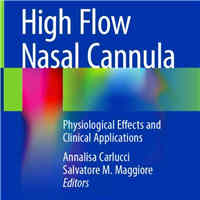
Nasal High-Flow Therapy during Neonatal Endotracheal Intubation
Among infants undergoing endotracheal intubation at two Australian tertiary neonatal intensive care units, nasal high-flow therapy during the procedure improved the likelihood of successful intubation on the first attempt... read more
Closed-loop oxygen control improves oxygen therapy in AHRF patients under high flow nasal oxygen
Closed-loop oxygen control improves oxygen administration in patients with moderate-to-severe AHRF treated with HFNO, increasing the percentage of time in the optimal oxygenation range and decreasing the workload of healthcare... read more
Critically Unwell Child Intubation in the ED
Intubation in the pediatric emergency department is scary stuff. For critically ill children who require intubation, it is rarely practiced outside of the critical care unit. With the centralization of services there are... read more
Why Are We Still Talking about ICP and Ketamine?
A trauma patient required emergent intubation during a recent shift. The altered patient was suspected of having an intracranial bleed. My resident was concerned about rapid onset of hypoxia and other internal injuries causing... read more
Optimal Respiratory Support for COVID-19 Patients
Noninvasive respiratory support is an essential component of critical care. Both noninvasive ventilation, with its different interface types and modes (including helmet and face masks), and high-flow nasal oxygen (HFNO) are... read more


